But this is also one of the more challenging types of photography to get right. The reason for that is the lack of light, making photography more difficult. This article provides you with 15 photography at night tips. So read on if you want to get some great city street night photos.
15. What Equipment Do You Need for Night Street Photography?
The majority of street photography at night will be handheld. You’re going to need a fast lens and a camera body that performs well at high ISO. Your kit lens won’t get the best result for night street photography. So what should you choose then?
Camera Body
The best camera body for city street night photography is one that performs best at a high ISO. It won’t leave your pictures full of digital noise. There are merits to each camera brand and the lenses that go with them. This part is about personal preference. But here’s a guide on choosing the best camera for street photography. For the best results, I recommend using a full frame DSLR or mirrorless. The more recent the model, the better.
Camera Lens
The camera lens you use needs to be a fast prime lens. A fast lens is one that lets light quickly into the camera with a large aperture and large lens diameter. One of the best lenses here is the photographer’s favourite: the nifty fifty. Another reason the prime lenses work best here is that they are not so flashy. It is especially crucial in street photography when you want to remain unnoticed. So what lens will work well? There are many lenses, but here we’ll look at three.
35mm – The lower the focal length, the slower the shutter speed can be for handheld images. This is a great lens when you are struggling for higher shutter speed. The largest aperture for this lens is typically f/1.4. 50mm – The preferred choice of many night street photographers. There are several aperture choices with this lens, with the largest being the most expensive. You can choose between f/1.8, f/1.4 and f/1.2. 85mm – A great lens for portrait work but functions well in other genres too. It’s a fast lens. But you will still need to bump up the ISO. This is because of the longer focal length and the faster shutter speed that will require.
We have a great article on low light cameras you can check out here.
14. What Camera Settings to Choose
Now that we’ve looked at the equipment, it’s time to think about the camera settings you’ll be using. At this point, you should have a camera body capable of performing at high ISO, and a fast lens on your camera. Now it’s all about getting that shutter speed high enough.
Aperture – Your aperture is going to be large, but depending on the available light, you might be able to adjust this. Using the largest aperture possible will give you a very shallow depth of field. The sharp focus will be more difficult. If there is enough brightness, try an aperture of f/2.8. Shutter speed – The aim is to freeze the action in most cases, and have a fast enough shutter speed to avoid camera shake. The focal length of your lens is proportional to the slowest shutter speed you can hold it at. So a 50mm lens could be held at 1/50th, whereas an 85mm lens will need 1/100th. Sometimes you might choose to slow the shutter speed down to allow for some motion blur. ISO – There are those who like the grainy feel noise gives their night street photography. It’s best to avoid noise and add the grainy effect in post-processing if you want it. Calibrate your aperture to a setting where the noise is manageable. You can remove it using a program like Noise Ninja or editing software such as Photoshop and Lightroom. It will, of course, depend on your camera body but using an ISO of 3200 is usually enough.
13. What Light Sources Can You Use at Night?
You’ll need to look for available light sources for your images. This can mean night street lights, light from shop windows, or a night vendor’s stall. Unless you’re aiming for silhouettes, you should have this light shine onto your main subject. The rules of portrait lighting apply here. Position yourself in relation to the light sources. Your main subject will determine the lighting it appears in. It might be a side or rim light. In general, try to avoid bright lights in the background. They can overpower your scene. This is the most crucial factor when aiming for a good picture. Take care of this first before moving onto other factors. Dark streets also work well, where there is only one source of light. This could be used for interesting silhouettes and outlines.
12. How to Capture Better Storytelling Images
An image is a lot less potent without a story behind it. This means observing the scene and the interactions among people. And then getting that moment of capture. It will also mean showing the wider scene around your subject. This adds more context to your scene. It’s difficult to say you have a street night photograph if your picture shows a person’s face. Even if the person’s face dominates the image, and the background is dark, you still need context. Look for things like a customer picking up food, or an audience enjoying the music of a busker. Empty streets are interesting but fall short due to the lack of the personal element.
11. Why You Should Aim for a Variety of Pictures
As with all forms of photography, more variety will add interest to your work. Try to take some pictures where you stand back and get more of the wider scene. Then take some pictures that focus much more on one subject. To achieve this, try changing the lens you use, for different focal lengths. Then also go closer, or farther away from your main scene. Try some photos that only show a part of a person, like their hands over a frying pan. This is a typical scene in cities on the streets at night. Then there are other techniques like shooting against the light to produce silhouettes.
10. How to Ensure the Background Is Not Distracting
It’s vital you control the background of your photograph. Are there distracting bright lights in the background? Are other people’s limbs protruding out of your main subject’s face in the background? A slight change in the angle you’re taking the picture from could improve the background. And it makes your image even better. The use of leading lines, bokeh, and photographing for a low key are all great ways to create a good background.
9. Which Photography Techniques Are Best for Night-Time Street Photos?
The correct application of good photographic techniques is what photography is all about. When it comes to night street photography, a few of these will help you. Let’s look at some of the better ones for this genre.
Bokeh – This describes the out of focus part of the photo in the background. You can achieve this by using a large aperture and have your subject fairly far in front of background objects. As you’ll likely be photographing at a high aperture anyway, this will be easy to achieve. Minimalism – Photography is the art of subtraction. So once you have the subject, a story for the subject and context, the rest of the frame should be simple. Leading lines – Look for those natural lines that run through photos. Is it the line of street vendors? Perhaps there are architectural structures you can use?
8. When Do You Need a Tripod?
In the majority of cases, you’re not going to use a tripod for photographing the streets at nighttime. You generally want your camera to be handheld. Should you want to experiment with some motion blur, a tripod comes into play. This motion blur will give your pictures some dynamics. But it’s important not to expose for too long. If you expose too long, people will move, and this will likely mean they don’t appear in the picture. Instead, look to expose for around half a second, so you get some movement of people, and some static in your frame. This will give your image more motion and story. A tripod does let you capture the city night lights well, especially if it’s a long exposure. You can also capture the city night scene well by using a time-lapse series of images.
7. When to Use Flash to Highlight Your Subject
Using a flash for street photography is tricky. Using it makes it very hard to hide and capture spontaneous moments. Or your subject will know, and the picture becomes staged. In the case the photograph is staged, does it count as street photography anymore? If you are well-known in the community, you might be able to use a strobe, without agitating people. You can gain natural well-lit photos. Introducing a flash may get you an image where available light can’t be found. Generally speaking, though, you should always look for the available night lights. If you do decide to use flash this way, consider using off-camera flash. So you can position your light source more to the side. This way, it will at least look a little more natural.
6. What Are the Best Spots for Night-Time Street Photography
It should be common sense that you’ll need to visit the town center with some life to get your nighttime cityscapes. Anywhere people gather is a potential place you can go to. So think of places like food courts, high streets at night, but don’t neglect the back alleys. Does your town have a night market? It’s a fantastic opportunity for nighttime photography. New York City or any large city is a haven for photographers, but you still need to be wary. Be safe first and foremost.
5. How to Deal With Noise
Photographing in low light will invariably mean using a high ISO in order to get a good shutter speed for your photo. That high ISO comes at a price though, and that’s noisy images. You have two solutions here. You can photograph at a lower ISO, or try to eliminate excessive noise in post-processing.
Lower the ISO – Photograph in an area with a little more available light, allowing for a lower ISO. Or perhaps go for a more low key photo, and lower the exposure value so you can also lower the ISO. Post-processing – Even with a lower ISO, you’ll likely need to use noise reduction software. This is especially the case at higher ISO.
4. Why You Should Go for the Low Key Photo
Low key means the majority of your photo will be underexposed, possibly black. The aim here is to find an area where the available light shines onto your subject, but not the background. It helps a lot if this available light source is bright. Now the aim is to expose for the available light, meaning the background of your photo will be underexposed, creating a low key look for your image. The night city can really benefit from this underexposed look.
3. Why You Should Include Elements of the Weather
Inclement weather can really add drama to a scene, whether that’s heavy rain or snow. You’ll need to wear the correct clothes for such conditions. And you’ll need to protect your camera. Be careful when you bring your camera inside when the temperature is cold. The warm conditions in your home can lead to condensation getting inside the camera body, not good for electronics. When there is snow or rain, you can use the available light to bring out the precipitation in the sky, attempt to backlight this for maximum effect. Neon signs and lights work well in adverse weather, like rain.
2. How to Use Hip Photography at Night
Hip photography describes a technique where you take a photo without using the viewfinder or LCD screen. It means taking the photo with your camera at your hip, where the composition isn’t certain. The advantage of this technique is that you’ll get much more natural photos. The people you photograph won’t realise a photo was taken. With practice, you can get a feel for arranging great compositions. You will also learn the camera settings you need set up prior to the photo. I recommend using a wider angle lens for this technique. It is allowing you to crop in, and adjust the tilt in post-processing if needed. So to do this set up your focal distance before photographing, and have the camera on your hip. When you see an interesting scene, face the camera towards it, and take the photo!
1. How to Keep Safe During Street Photography
Chances are you’re going to be photographing alone when you take pictures of the city at night. This presents a risk, as you’ll also be carrying expensive equipment. Always be cautious when entering darkly lit areas that don’t have many people. In crowded areas, be careful of pickpockets. You’re especially vulnerable because you’re concentrating more on photography. Of course, having adequate insurance is the best idea, should you happen to be unlucky. Your iPhone and Android phones are replaceable. You and your personal wellbeing aren’t.
Conclusion
Street photography is a fun genre to be involved with. Night street photography is even more fun but can be more of a challenge. There are lots of strategies for getting good photos, do you have any other ideas that you use? Are you a nighttime street photographer? If so, how often do you go out to photograph? Do you have some photos you can share with us in the comments? I hope after reading this article you’ll be inspired to take some city street night photos, armed with the knowledge needed to be successful. Boost your skills with Photography Unlocked. Check it out today!
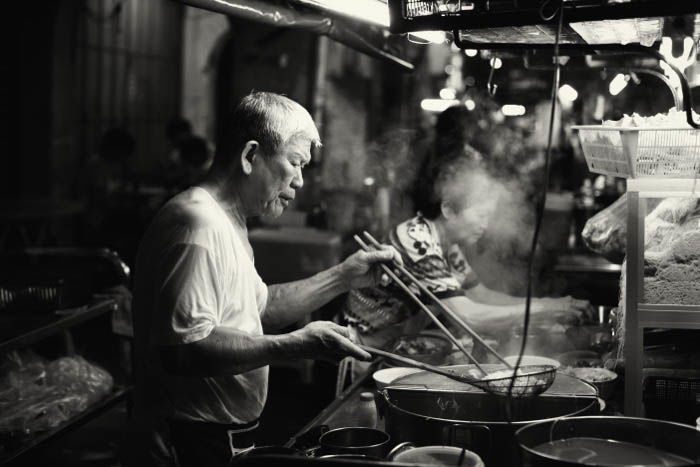


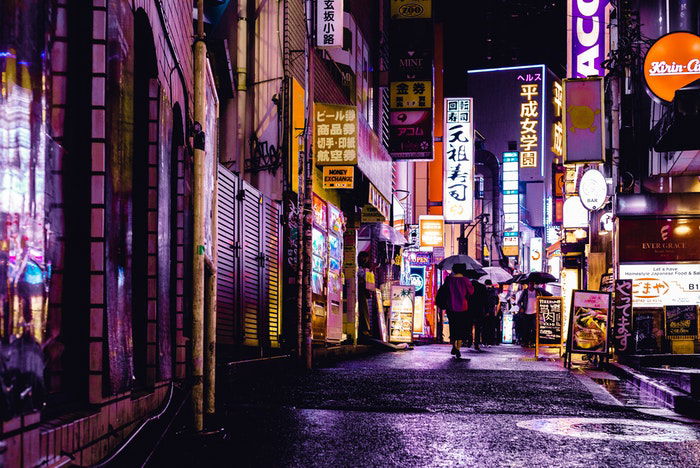
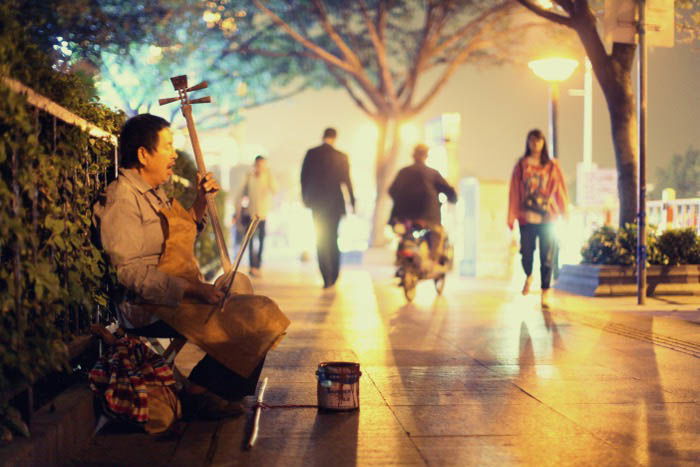
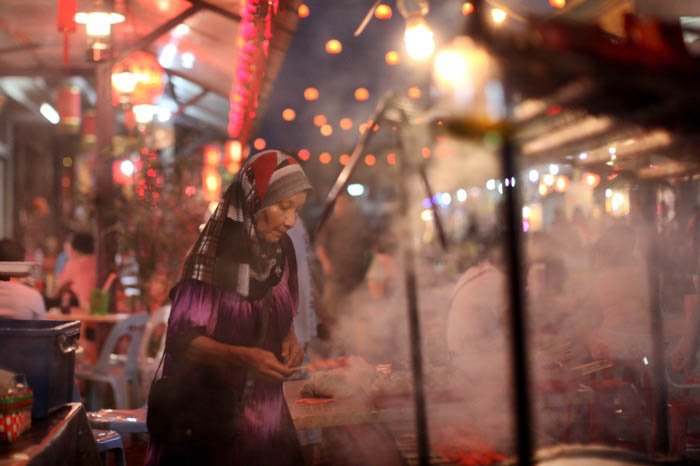
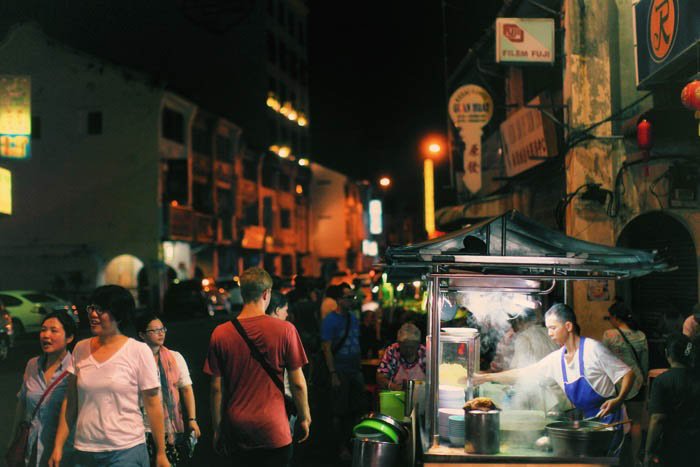
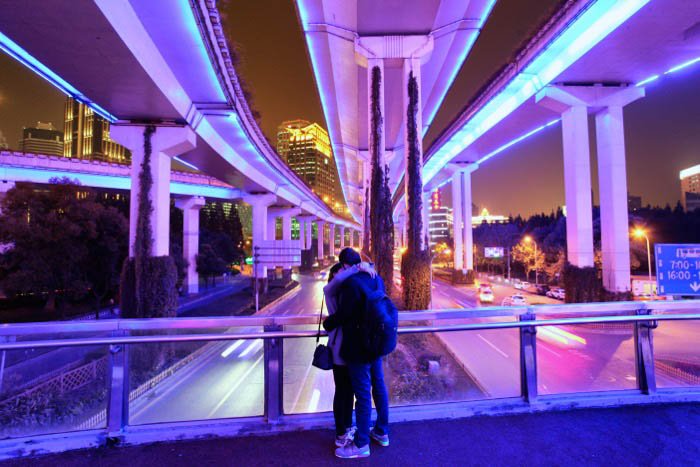

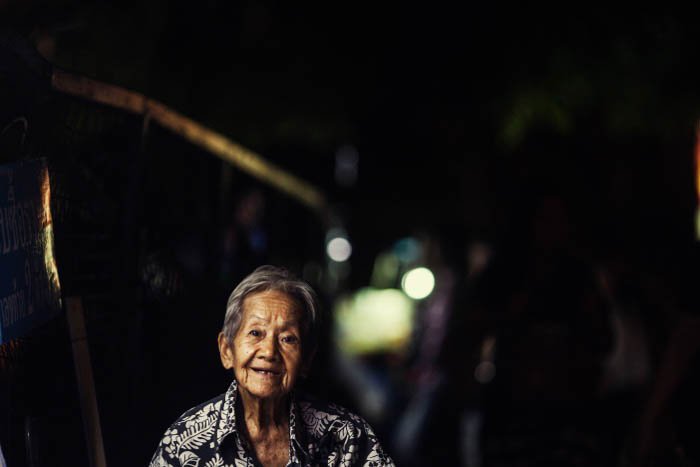
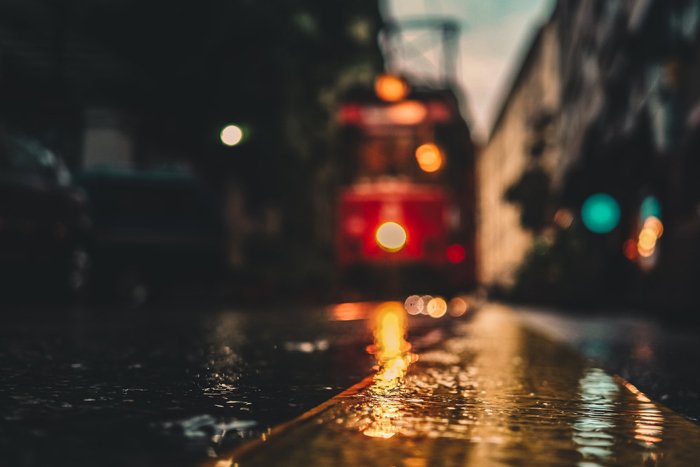
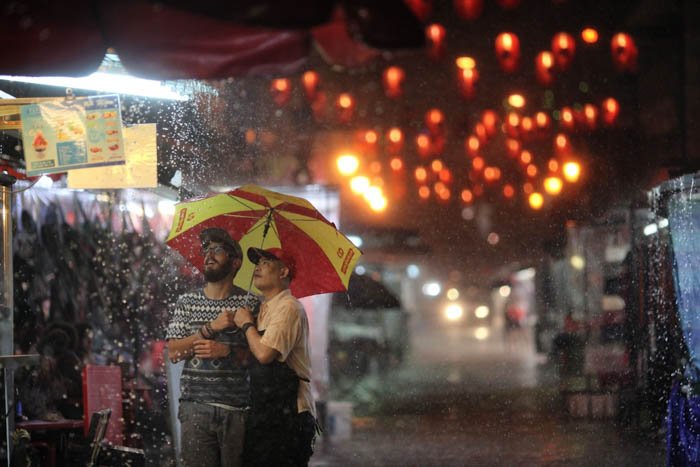

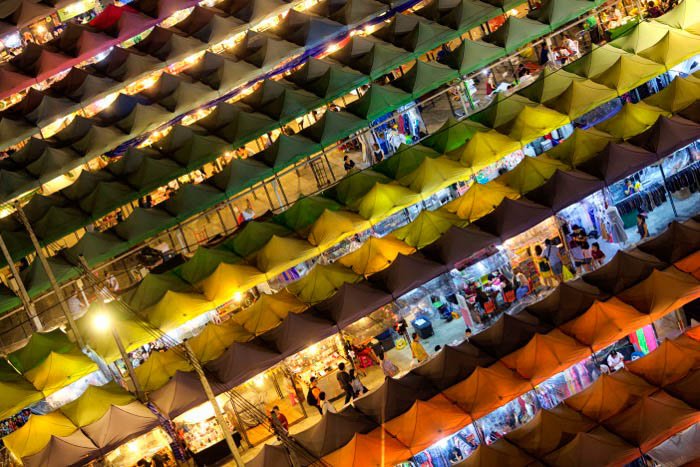

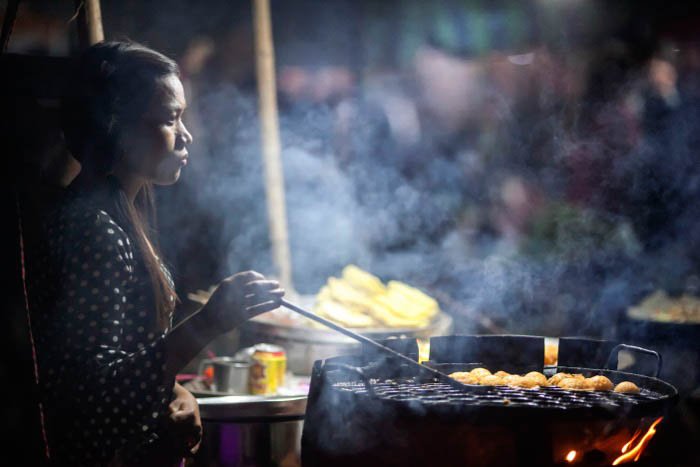
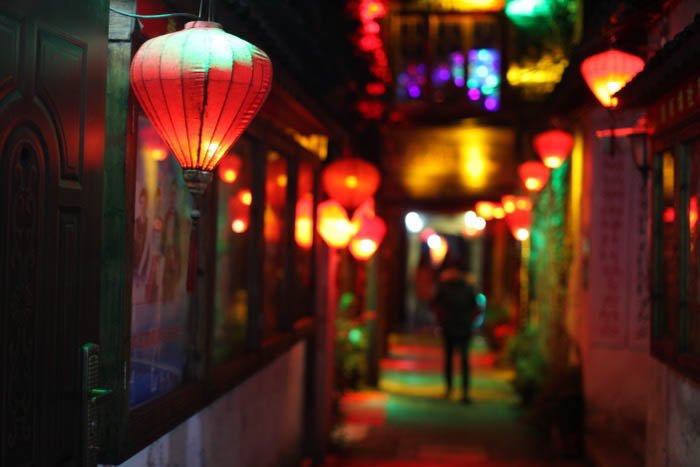

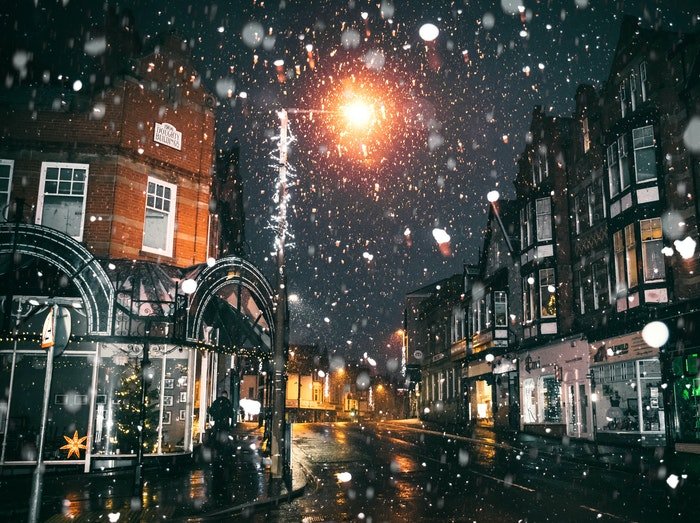
title: “15 Night Street Photography Tips For City Streets At Night” ShowToc: true date: “2023-01-19” author: “Donald Staley”
But this is also one of the more challenging types of photography to get right. The reason for that is the lack of light, making photography more difficult. This article provides you with 15 photography at night tips. So read on if you want to get some great city street night photos.
15. What Equipment Do You Need for Night Street Photography?
The majority of street photography at night will be handheld. You’re going to need a fast lens and a camera body that performs well at high ISO. Your kit lens won’t get the best result for night street photography. So what should you choose then?
Camera Body
The best camera body for city street night photography is one that performs best at a high ISO. It won’t leave your pictures full of digital noise. There are merits to each camera brand and the lenses that go with them. This part is about personal preference. But here’s a guide on choosing the best camera for street photography. For the best results, I recommend using a full frame DSLR or mirrorless. The more recent the model, the better.
Camera Lens
The camera lens you use needs to be a fast prime lens. A fast lens is one that lets light quickly into the camera with a large aperture and large lens diameter. One of the best lenses here is the photographer’s favourite: the nifty fifty. Another reason the prime lenses work best here is that they are not so flashy. It is especially crucial in street photography when you want to remain unnoticed. So what lens will work well? There are many lenses, but here we’ll look at three.
35mm – The lower the focal length, the slower the shutter speed can be for handheld images. This is a great lens when you are struggling for higher shutter speed. The largest aperture for this lens is typically f/1.4. 50mm – The preferred choice of many night street photographers. There are several aperture choices with this lens, with the largest being the most expensive. You can choose between f/1.8, f/1.4 and f/1.2. 85mm – A great lens for portrait work but functions well in other genres too. It’s a fast lens. But you will still need to bump up the ISO. This is because of the longer focal length and the faster shutter speed that will require.
We have a great article on low light cameras you can check out here.
14. What Camera Settings to Choose
Now that we’ve looked at the equipment, it’s time to think about the camera settings you’ll be using. At this point, you should have a camera body capable of performing at high ISO, and a fast lens on your camera. Now it’s all about getting that shutter speed high enough.
Aperture – Your aperture is going to be large, but depending on the available light, you might be able to adjust this. Using the largest aperture possible will give you a very shallow depth of field. The sharp focus will be more difficult. If there is enough brightness, try an aperture of f/2.8. Shutter speed – The aim is to freeze the action in most cases, and have a fast enough shutter speed to avoid camera shake. The focal length of your lens is proportional to the slowest shutter speed you can hold it at. So a 50mm lens could be held at 1/50th, whereas an 85mm lens will need 1/100th. Sometimes you might choose to slow the shutter speed down to allow for some motion blur. ISO – There are those who like the grainy feel noise gives their night street photography. It’s best to avoid noise and add the grainy effect in post-processing if you want it. Calibrate your aperture to a setting where the noise is manageable. You can remove it using a program like Noise Ninja or editing software such as Photoshop and Lightroom. It will, of course, depend on your camera body but using an ISO of 3200 is usually enough.
13. What Light Sources Can You Use at Night?
You’ll need to look for available light sources for your images. This can mean night street lights, light from shop windows, or a night vendor’s stall. Unless you’re aiming for silhouettes, you should have this light shine onto your main subject. The rules of portrait lighting apply here. Position yourself in relation to the light sources. Your main subject will determine the lighting it appears in. It might be a side or rim light. In general, try to avoid bright lights in the background. They can overpower your scene. This is the most crucial factor when aiming for a good picture. Take care of this first before moving onto other factors. Dark streets also work well, where there is only one source of light. This could be used for interesting silhouettes and outlines.
12. How to Capture Better Storytelling Images
An image is a lot less potent without a story behind it. This means observing the scene and the interactions among people. And then getting that moment of capture. It will also mean showing the wider scene around your subject. This adds more context to your scene. It’s difficult to say you have a street night photograph if your picture shows a person’s face. Even if the person’s face dominates the image, and the background is dark, you still need context. Look for things like a customer picking up food, or an audience enjoying the music of a busker. Empty streets are interesting but fall short due to the lack of the personal element.
11. Why You Should Aim for a Variety of Pictures
As with all forms of photography, more variety will add interest to your work. Try to take some pictures where you stand back and get more of the wider scene. Then take some pictures that focus much more on one subject. To achieve this, try changing the lens you use, for different focal lengths. Then also go closer, or farther away from your main scene. Try some photos that only show a part of a person, like their hands over a frying pan. This is a typical scene in cities on the streets at night. Then there are other techniques like shooting against the light to produce silhouettes.
10. How to Ensure the Background Is Not Distracting
It’s vital you control the background of your photograph. Are there distracting bright lights in the background? Are other people’s limbs protruding out of your main subject’s face in the background? A slight change in the angle you’re taking the picture from could improve the background. And it makes your image even better. The use of leading lines, bokeh, and photographing for a low key are all great ways to create a good background.
9. Which Photography Techniques Are Best for Night-Time Street Photos?
The correct application of good photographic techniques is what photography is all about. When it comes to night street photography, a few of these will help you. Let’s look at some of the better ones for this genre.
Bokeh – This describes the out of focus part of the photo in the background. You can achieve this by using a large aperture and have your subject fairly far in front of background objects. As you’ll likely be photographing at a high aperture anyway, this will be easy to achieve. Minimalism – Photography is the art of subtraction. So once you have the subject, a story for the subject and context, the rest of the frame should be simple. Leading lines – Look for those natural lines that run through photos. Is it the line of street vendors? Perhaps there are architectural structures you can use?
8. When Do You Need a Tripod?
In the majority of cases, you’re not going to use a tripod for photographing the streets at nighttime. You generally want your camera to be handheld. Should you want to experiment with some motion blur, a tripod comes into play. This motion blur will give your pictures some dynamics. But it’s important not to expose for too long. If you expose too long, people will move, and this will likely mean they don’t appear in the picture. Instead, look to expose for around half a second, so you get some movement of people, and some static in your frame. This will give your image more motion and story. A tripod does let you capture the city night lights well, especially if it’s a long exposure. You can also capture the city night scene well by using a time-lapse series of images.
7. When to Use Flash to Highlight Your Subject
Using a flash for street photography is tricky. Using it makes it very hard to hide and capture spontaneous moments. Or your subject will know, and the picture becomes staged. In the case the photograph is staged, does it count as street photography anymore? If you are well-known in the community, you might be able to use a strobe, without agitating people. You can gain natural well-lit photos. Introducing a flash may get you an image where available light can’t be found. Generally speaking, though, you should always look for the available night lights. If you do decide to use flash this way, consider using off-camera flash. So you can position your light source more to the side. This way, it will at least look a little more natural.
6. What Are the Best Spots for Night-Time Street Photography
It should be common sense that you’ll need to visit the town center with some life to get your nighttime cityscapes. Anywhere people gather is a potential place you can go to. So think of places like food courts, high streets at night, but don’t neglect the back alleys. Does your town have a night market? It’s a fantastic opportunity for nighttime photography. New York City or any large city is a haven for photographers, but you still need to be wary. Be safe first and foremost.
5. How to Deal With Noise
Photographing in low light will invariably mean using a high ISO in order to get a good shutter speed for your photo. That high ISO comes at a price though, and that’s noisy images. You have two solutions here. You can photograph at a lower ISO, or try to eliminate excessive noise in post-processing.
Lower the ISO – Photograph in an area with a little more available light, allowing for a lower ISO. Or perhaps go for a more low key photo, and lower the exposure value so you can also lower the ISO. Post-processing – Even with a lower ISO, you’ll likely need to use noise reduction software. This is especially the case at higher ISO.
4. Why You Should Go for the Low Key Photo
Low key means the majority of your photo will be underexposed, possibly black. The aim here is to find an area where the available light shines onto your subject, but not the background. It helps a lot if this available light source is bright. Now the aim is to expose for the available light, meaning the background of your photo will be underexposed, creating a low key look for your image. The night city can really benefit from this underexposed look.
3. Why You Should Include Elements of the Weather
Inclement weather can really add drama to a scene, whether that’s heavy rain or snow. You’ll need to wear the correct clothes for such conditions. And you’ll need to protect your camera. Be careful when you bring your camera inside when the temperature is cold. The warm conditions in your home can lead to condensation getting inside the camera body, not good for electronics. When there is snow or rain, you can use the available light to bring out the precipitation in the sky, attempt to backlight this for maximum effect. Neon signs and lights work well in adverse weather, like rain.
2. How to Use Hip Photography at Night
Hip photography describes a technique where you take a photo without using the viewfinder or LCD screen. It means taking the photo with your camera at your hip, where the composition isn’t certain. The advantage of this technique is that you’ll get much more natural photos. The people you photograph won’t realise a photo was taken. With practice, you can get a feel for arranging great compositions. You will also learn the camera settings you need set up prior to the photo. I recommend using a wider angle lens for this technique. It is allowing you to crop in, and adjust the tilt in post-processing if needed. So to do this set up your focal distance before photographing, and have the camera on your hip. When you see an interesting scene, face the camera towards it, and take the photo!
1. How to Keep Safe During Street Photography
Chances are you’re going to be photographing alone when you take pictures of the city at night. This presents a risk, as you’ll also be carrying expensive equipment. Always be cautious when entering darkly lit areas that don’t have many people. In crowded areas, be careful of pickpockets. You’re especially vulnerable because you’re concentrating more on photography. Of course, having adequate insurance is the best idea, should you happen to be unlucky. Your iPhone and Android phones are replaceable. You and your personal wellbeing aren’t.
Conclusion
Street photography is a fun genre to be involved with. Night street photography is even more fun but can be more of a challenge. There are lots of strategies for getting good photos, do you have any other ideas that you use? Are you a nighttime street photographer? If so, how often do you go out to photograph? Do you have some photos you can share with us in the comments? I hope after reading this article you’ll be inspired to take some city street night photos, armed with the knowledge needed to be successful. Boost your skills with Photography Unlocked. Check it out today!


















